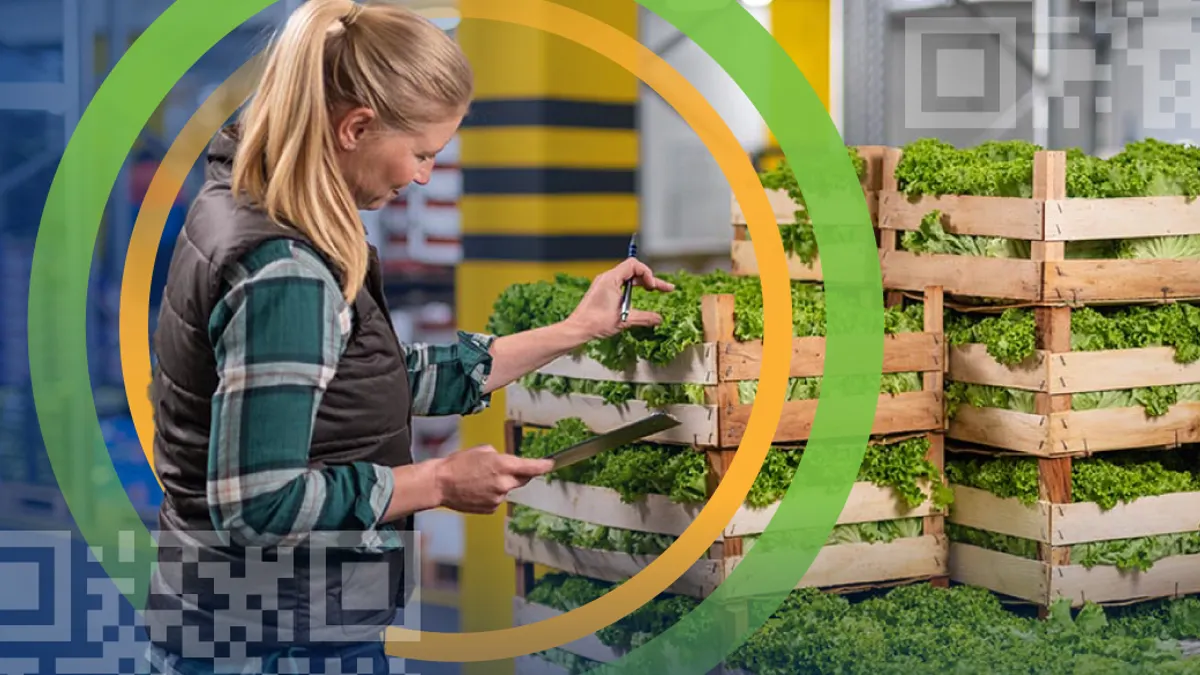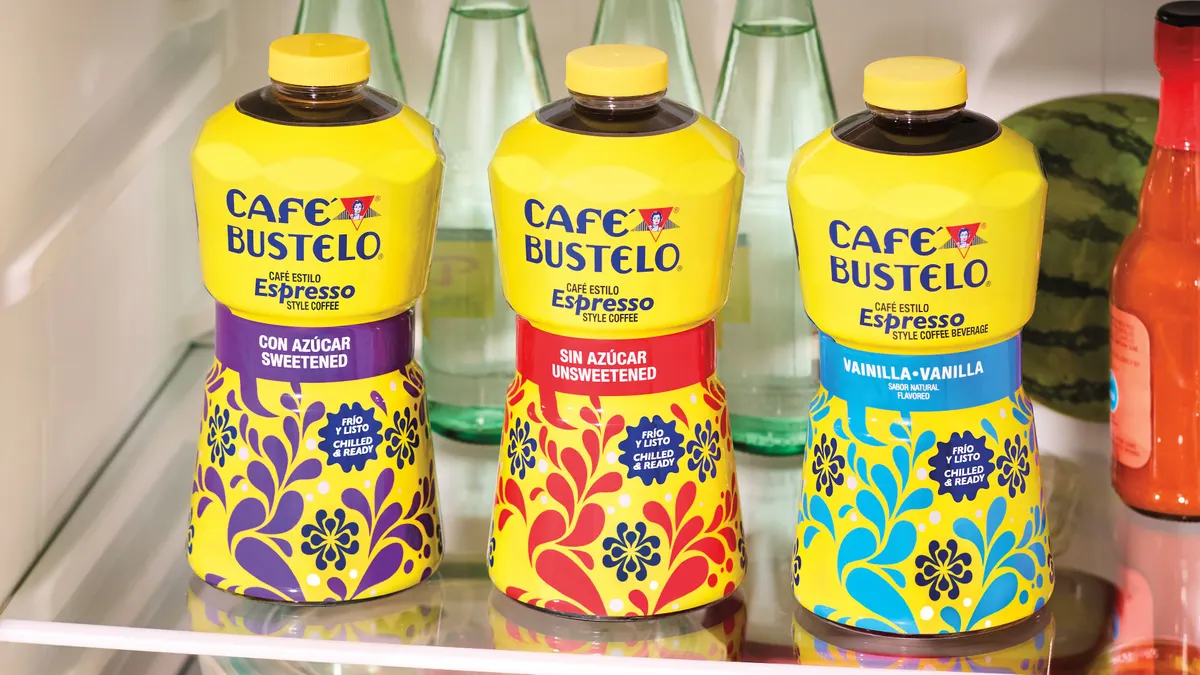With the food and beverage industry evolving so rapidly, staying on top of trends is a constant challenge. The good news? You can succeed—and even thrive—in this fast-changing environment, all while keeping disruption to a minimum. One of the most effective ways to do that is by ensuring your product data is accurate and traceable.
Food and beverage organizations that adopt global traceability standards can cut costs and boost efficiency and safety. Here’s all you need to know about leveraging data to handle whatever curve comes next.
Industry upheaval as the new normal
Recent regulatory requirements at the federal and state levels are expected to have a massive impact on the food and beverage industry. Tariffs and inflation will continue to affect business as well. But such challenges and instability are nothing new. Consider the ongoing labor crunch and high employee turnover rates since the COVID-19 pandemic. Some 78% of U.S. restaurant owners report insufficient staffing to meet customer demand. With fewer hands on deck, restaurants are being pushed to boost operational efficiency just to maintain consistent quality.
Other game changers include technology-driven disruptions that continually transform inventory management, production, and consumer ordering and consumption preferences. Today’s consumers are driving demand for deeper transparency in products and menus, seeking data on everything from sustainability initiatives to allergen details.
What does quality data look like in 2025?
During the pandemic, food and beverage companies realized they could no longer get by with siloed systems and spreadsheets that left gaping blind spots in their complex global supply chains. Leaders began adapting their internal procedures and legacy systems to establish a common business language and data quality practices to connect suppliers of all sizes. “Interoperability for end-to-end supply chain visibility is no longer a competitive advantage; it’s a must,” says Lucelena Angarita, Customer Success Director at GS1 US. “Making sure that you can adapt quickly and shift according to trends requires technology and investment.”
Although the deadline for complying with Food Safety Modernization Act (FSMA) Rule 204 has been pushed back to 2028, Angarita says that forward-looking companies are using this extra time to dig deeper into data quality, assessing and structuring their master data foundation to include unique identifiers for products, locations, and logistics units such as pallets. During this process, it’s important to engage leadership early so they understand the ROI and can gain buy-in across the organization.
One practical way to strengthen this foundation—and stay ahead of FSMA Rule 204 requirements—is by adopting 2D barcodes. These advanced barcodes can carry significantly more information than traditional UPC codes, enabling better traceability and transparency across the supply chain. For example, the GS1 Data Matrix can encode product identifiers, lot numbers, and expiration dates in a single scan, which supports the recordkeeping and traceability goals outlined in FSMA Rule 204. Beyond compliance, 2D barcodes also unlock consumer-facing benefits: shoppers can scan an item with their phone to learn about ingredients and brand stories, building trust. Companies can even include coupons on the label to create personalized engagement.
The business case for traceability
Better data and traceability have clear financial and strategic benefits. Once a company has the right data foundation, it can automate many different processes to help mitigate the impact of labor shortages. For example, IPC/Subway slashed a several-hour weekly inventory process down to just minutes by using an inventory management application based on GS1 Standards.
Cleaning up master data can also be a highly profitable exercise. For example, IPC/Subway saved an estimated $1.3 million annually when it aligned its master data with GS1 Standards to maximize truckload capacity. The company thought the expense was part of the cost of doing business, but it learned how costly errors at the master data level can become.
During a crisis, better traceability data and sourcing information can be a lifesaver. “It allows you to make faster, more confident decisions like re-routing your trucks during a weather situation,” says Angarita. It also dramatically boosts your product recall readiness, protecting your brand. “The food safety risk is diminished exponentially for consumers,” says Angarita. Plus, you save money by not having to recall items unnecessarily or go to locations that were not impacted, since knowing exactly where your products are can make the difference between contacting a few restaurants or 700 locations that could have received 7 cases of impacted food. It’s like looking for a needle in a haystack.
When it comes to achieving better data and traceability, Angarita cautions companies against taking an all-or-nothing approach. “Don't wait for perfection,” she says. Starting a traceability program is a journey. Look at your highest-volume and highest-risk products that are impacted by food traceability regulations, such as FSMA Rule 204, and start there. Even if you're not doing everything, it's OK because you will still get so much benefit as you progress toward your end goals.”
Want to learn more? GS1 US provides a wealth of resources to educate and guide you every step of the way.










